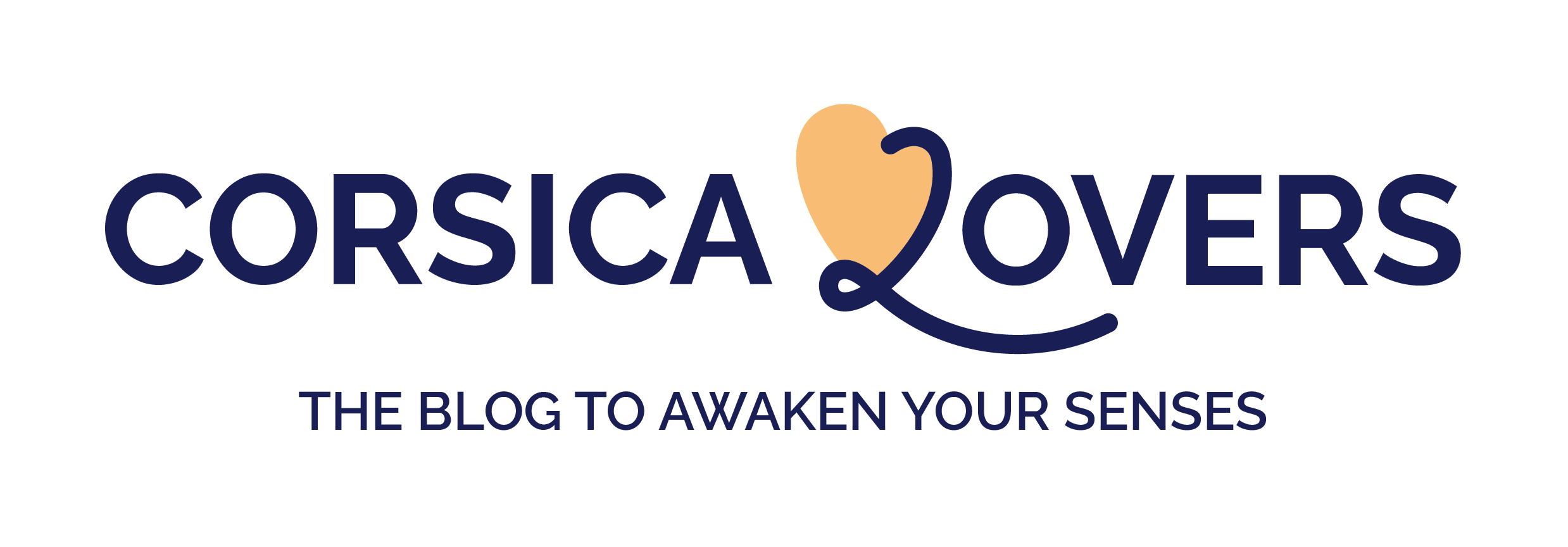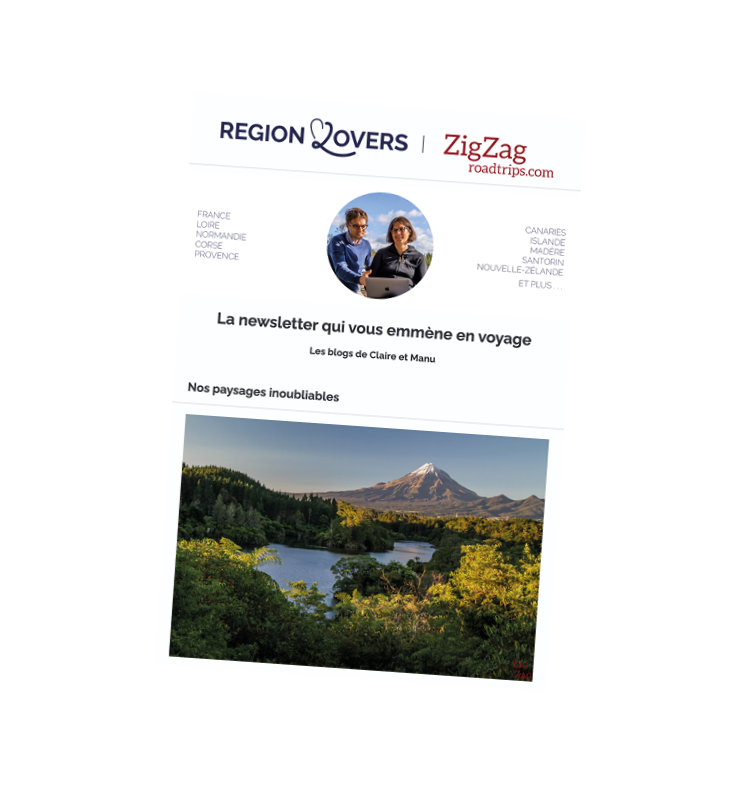Are you on vacation in Bastia, Corsica? Visit the Palais des Gouverneurs, the city’s only museum. Located in the most picturesque part of the city, this Genoese palace seduced us with its Italian architecture, historical and artistic objects and hanging gardens.
In this article, you’ll find some useful tips to help you prepare for your visit and have a wonderful time!
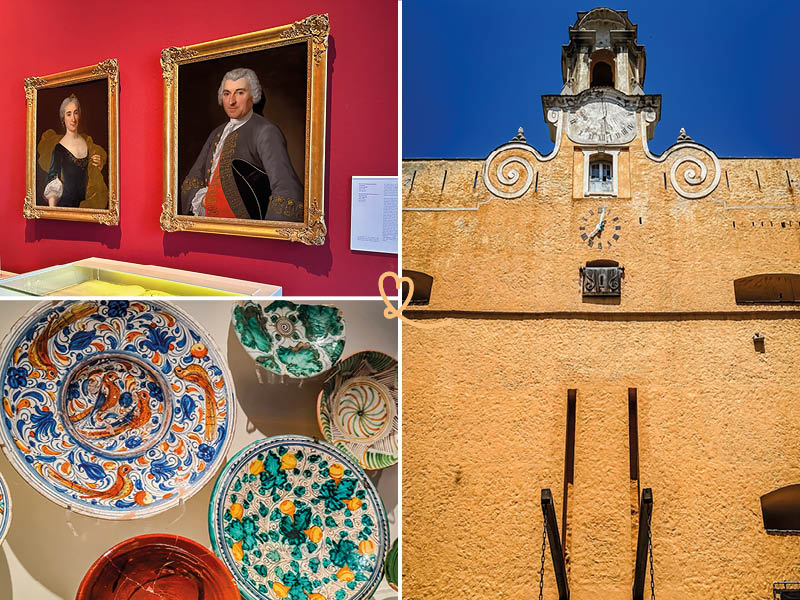
This guide is completely independent, based on our experiences. We visited the region anonymously, making our own choices and paying our bills in full.
Why visit the Palais des Gouverneurs?
Is the museum worth it? Our opinion:
Yes, it’s worth a visit. In the heart of a remarkable monument, we discovered exhibitions at the crossroads of art and Corsican history. Travel back in time and discover how Bastia, a small 14th-century fortification, became a center of power and a cultural hub over the centuries. The beauty of the site also appealed to us, especially the gardens and their almost tropical aesthetic!
This is one of Bastia’s best activities.

Why is the palace famous?
The Palais des Gouverneurs is a must-see, as it is Bastia’s only museum and a listed French historic monument. What’s more, we learned that it was he who came up with the town’s name! The original fortified construction, dating from the time when Corsica was under the aegis of Genoa, was called “Bastia” (“bastide” in Italian) and gave its name to the port city.
Its history, linked to the evolution of the city, also makes it an important site. The town grew up around the bastia, a small military enclosure.

Our favorite moments
The palace offers many surprises. We particularly appreciated it:
- The Genoese architecture of the building is a blend of fortification and Italianate hemmed decoration.
- Cardinal Fesch’s collection of paintings, reminiscent of those in the Palais Fesch in Ajaccio.
- The hanging gardens: the lush greenery and the view of the lower town won us over!

WHERE TO STAY IN Bastia
To enjoy the charm of this colourful, vibrant city, it’s best to spend one or more nights here! Our suggestions:
Option 1: in the lower center
We recommend..:
- Hôtel des Gouverneurs, in the citadel – see prices, photos and availability
- Hotel Monsieur Miot and its beautiful decor – see prices, photos and availability

Option 2: up-center
We recommend..:
- Hotel Le Bastia and its magnificent views of the city and the sea – see prices, photos and availability

Option 3: in the surrounding area
We recommend..:
- Hotel Alivi, north, with beach access – see prices, photos and availability
- Hotel Pineto in the south, along the sandy beach – see prices, photos and availability

See our list of the 10 best hotels in Bastia, with our reviews
History in brief
In our opinion, the palace’s history is fascinating. It is particularly linked to that of the city:
- In the 14th century, the Republic of Genoa built a bastille (Italian for “bastia”) on a rocky promontory near the sea.
- From the 15th century onwards, new populations settled around the bastia, and in the 16th century, fortifications were built to form today’s citadel. It became the residence of the Genoese governor and the capital of Corsica.

- Following the short-lived independence of Corsica, then French sovereignty in the 18th century, the palace became a military barracks.
- Partly destroyed during the Second World War, it was rebuilt in 2008 in a contemporary style, adapted to its new functions as a museum of art and history.

Access: Palais des Gouverneurs, Bastia
Where is the palace?
- In Bastia‘s historic city center
- In the Citadel
- Close to the old port
OUR TIPS FOR RENTING A CAR IN Corsica
- Compare prices on our preferred platform: DiscoverCars – one of the best rated sites.
- Choose a car that is powerful enough (the roads are steep) but compact (some passages are narrow).
- Think of thecomplete insurance (some roads are tortuous and narrow).
- There is a lot of demand, book it early.
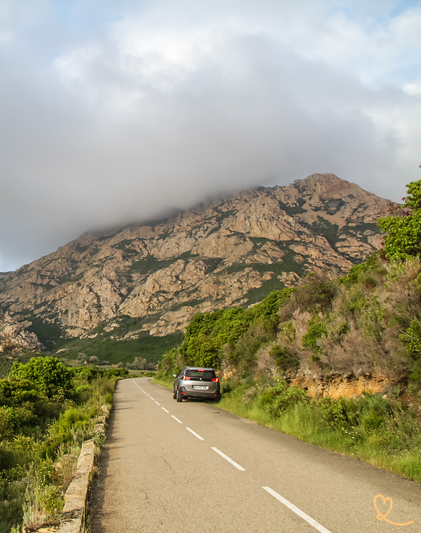
How to get there?
Located in downtown Bastia, the museum is accessible by car, on foot and by public transport.
A free shuttle service is available from the train station. By bus (lines 2, 3, A and B), get off at Cours Docteur Favale or Place Vincetti.

Parking
To park, go to the Citadelle parking lot, Place Vincetti, which closes at 10.30pm.

THINGS TO DO AROUND Bastia
Discover all our articles on the region:
Useful tips: duration, schedules, eating…
Best time to visit
In summer, it’s nice to take refuge in the coolness of the museum walls and enjoy a cultural break. But at this time of year, we advise you to come in the morning for a more exclusive visit. The rest of the year, you’ll find fewer people. Bastia in winter is just as pleasant, a sunny season with mild temperatures that also lends itself to discovering the palace.
Length of visit and main difficulties
To get the most out of your visit, allow 2 hours.
The museum is accessible to people with reduced mobility, who benefit from an adapted pathway and an elevator.

Advice on how to visit
We invite you to start by admiring the building from the outside. Its ochre facade and mix of military shapes and Italian ornamentation will leave you breathless. Then enter the premises and, after crossing the inner courtyard, explore the ancient basements where cells and a cistern intrigued us. Then visit the permanent exhibition dedicated to the history of Bastia and the temporary exhibition on display. Models, paintings of the city, decorative art objects and other works of art on the program. Finally, round off your visit in style with a stroll through the palace’s hanging gardens, which left us breathless!

USE OUR GUIDE TO PLAN A
DREAM TRIP TO Corsica
All the information you need for your trip:
- 7 maps that make planning easier
- 130+ pre-selected locations
- Practical advice
- + 220 photos to help you choose
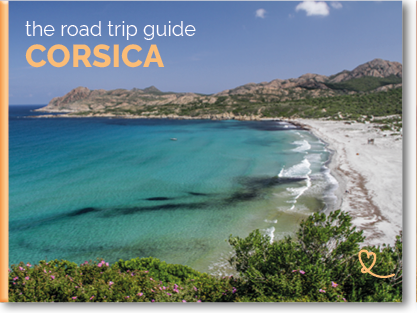
Visiting with children
We believe the museum can be visited with children. They can learn more about Bastia and its history through the exhibition. On-site or online videos, the cistern and the former prison cells may be of interest.
A virtual museum and art workshops are also organized in partnership with the national Micro-Folie project and the Una Volta cultural center. More info on the subject on the official website here.
For families with very young children, please note that there is a baby changing facility in the toilets.

Schedules and rates
Here are the opening hours:
- May to September: 10 a.m. to 6.30 p.m. Closed Mondays in May, June and September and open daily in July and August.
- October to April: 9am to 12pm and 2pm to 5pm. Closed Sundays and Mondays.
- Closed on November 1st, November 11th, May 1st, May 8th and during the Christmas school vacations.
Tickets cost €5 and can be purchased on site.
We recommend that you check the official website for updates to rates and timetables.
Catering
The museum doesn’t have its own restaurant, but you’re right in the heart of Bastia, where restaurants abound. Read our article on the city’s best restaurants and let yourself be tempted by Corsican gastronomy.

A remarkable historic monument
Military and political architecture
We were captivated by the palace from the outside. The ochre color of the fortification walls, the massive round tower and the curved decorations above the clock make the building both beautiful and impressive. We could feel the old defensive function. Once through the old gate, we were also charmed by the inner courtyard. Although renovated, the balconies retain their Italianate aesthetic.

In the museum, you can also enjoy the architecture. Some rooms, like the basements, reminded us of the site’s military past. Others, on the contrary, evoke the more political elegance of the governors’ residence, such as the salon for private audiences.

Hanging gardens
The palace also features beautiful hanging gardens, one of the highlights of our visit. We enjoyed strolling through the lush green alleys that evoke a tropical landscape. Palm trees, bougainvillea and stone walls form a charming, picturesque backdrop.

The charm continues with the view! From the gardens, we admired the breathtaking panorama of the palace, the lower town and the Mediterranean Sea. A nature break in the heart of the historic city center.

Bastia, in the spotlight
The influence of Genes
As we learn from the first rooms of the permanent exhibition, Bastia’s history is marked by the influence of the Genoese Republic, which established itself on Corsican territory as early as the 14th century. As the former residence of the governors of Genoa, the palace illustrates the influence of Italy on the city.

After looking at models of the town, we admired pictorial representations of Bastia. It’s said to be the most Italian town in Corsica.

You’ll be able to see ancient marble decorations, colorful crockery and beautifully crafted tiles. We also appreciated the period furniture, such as a magnificent 17th-century four-poster bed and a finely crafted juniper chest.

Place of power
Various objects bear witness to Bastia’s central position as the former capital of Corsica and the center of Genoese power on the island. We contemplated objects with strong symbolism, such as an armchair or a pediment bearing the coat of arms of Genoa and coats of arms of great Italian families.

Our visit continued with the discovery of portraits and busts of men who had an influence on the city. Napoleon, the famous French emperor and native of Corsica, is also honored. We were intrigued by the various portraits on display in the museum.

Port and commercial city
As the museum reveals, Bastia was a city turned towards the sea. Through a series of objects, you’ll discover the city’s maritime past. We enjoyed browsing through model ships and precious travel chests.

The exhibition then reveals the city’s industrial history. We saw portraits and busts of businessmen who contributed to Bastia’s economic development.

Local works of art
Corsican religious art
The permanent exhibition then revealed unique religious works of art. Rich in these Italian influences, a sacred art emerged in Corsica from the 16th century onwards in response to great religious fervor, which can be admired through a series of paintings and sculptures.

We discovered subjects such as saints, the marital cult and the Christ figure painted in a Corsican Baroque style.

The Sisco legacy, a fruitful influence
We were amused to learn that thanks to the legacy of a famous doctor and surgeon, Giuseppe Sisco, in the 19th century, many young Corsicans were able to study art in Rome. You’ll be able to admire the work of some of these artists.

This legacy has also enabled some to study architecture. An interesting model of the Corsican pavilion at the 1937 Universal Exhibition shows the fruitful influence these grants had on the local artistic and architectural effervescence.

The Fesch collection
The palace also benefited from the “legs dit Fesch”. An uncle of Napoleon, Cardinal Fesch bequeathed his collections to Ajaccio, and these donations have been extended to other institutions. That’s why we were lucky enough to admire some exceptional works of art.

In 2 red-carpeted rooms, we were carried away by Italian painting from the 16th to the 18th centuries. Over thirty works, including landscapes, battles, bucolic scenes and still lifes, will transport you into the pictorial world of Italy.

Subscribe to our Newsletter
- Get away from it all with Region Lovers’ beautiful destinations!
- Once a month
- Advertising-free
Frequently asked questions
What attractions are near the Palais des Gouverneurs?
Located in the historic center of Bastia, in the heart of the Citadelle, the museum is right next to other must-see sites in Bastia. We advise you:
- The beautiful Sainte-Marie Cathedral
- Jardin Romieu, linking the upper and lower towns
- The old port and its lively quarter

Is the Hôtel des Gouverneurs located in the Palais des Gouverneurs?
No, the Palais des Gouverneurs and the Hôtel des Gouverneurs are not in the same place, but they are very close to each other. The hotel is a 4-minute walk from the museum. Steeped in history and luxury, this 4-star establishment with its breathtaking view over the old port is, in our opinion, one of Bastia’s finest accommodations.

PLAN YOUR TRIP TO Corsica
Inspiration destinations

Best of
- The most beautiful beaches of Corsica
- The most beautiful villages of Corsica
- The most beautiful cities of Corsica
- The most beautiful destinations in Corsica
- The museums of Corsica
- Hidden gems in Corsica
- The most beautiful natural pools
- What to do in North Corsica
- Best things to do in South Corsica
- Canyoning in Corsica
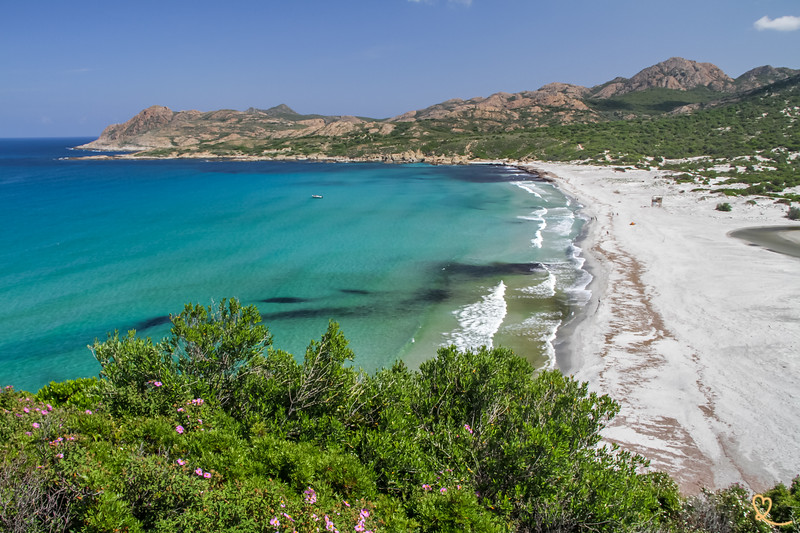
Where to stay

